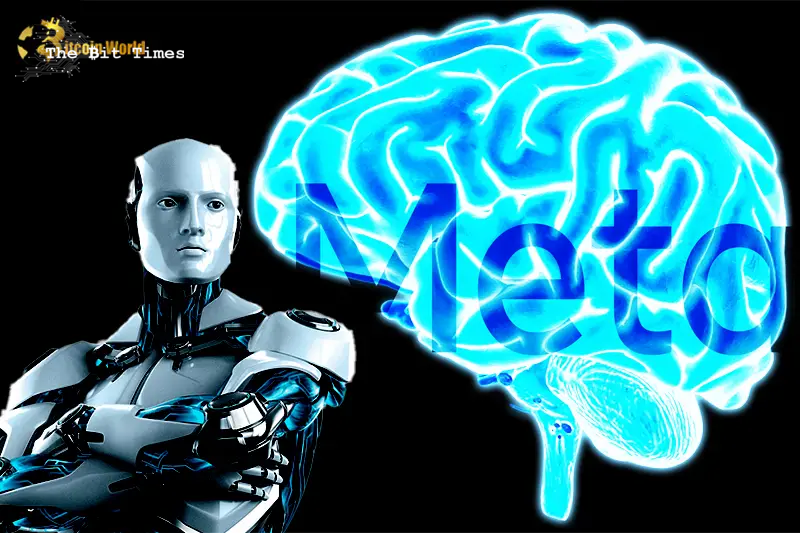Meta advances its AI system to interpret photos based on brain activity.

In the realm of content creation, three critical elements come into play: “perplexity,” “burstiness,” and “predictability.” Perplexity gauges the intricacy of the text, while burstiness assesses the variance in sentence structures. Predictability, on the other hand, delves into the likelihood of anticipating the subsequent sentence. Human authors often infuse their writing with bursts of complexity, interspersing lengthy and intricate sentences with shorter ones. In contrast, AI-generated sentences tend to maintain uniformity. Consequently, for the content I’m about to guide you in crafting, it is imperative that we embrace a generous dose of perplexity and burstiness, while minimizing predictability. Moreover, this content must be meticulously composed in the English language.
Now, let’s rephrase the provided text:
On October 18, Meta AI introduced a groundbreaking artificial intelligence (AI) system, designed to decipher the visual information encoded in human brain waves. This pioneering system represents a non-invasive approach, and it wields the potential for immediate real-world applications.
The innovative technology merges the power of magnetoencephalography (MEG), a non-invasive brain scanning technique, with a sophisticated AI system. Building upon Meta AI’s prior accomplishments in decoding letters, words, and audio spectrograms from intracranial recordings, this new system operates in real-time. It can reconstruct the images that the brain perceives and processes in the blink of an eye.
A recent post from Meta AI, shared on the X platform (formerly known as Twitter), vividly showcased the real-time capabilities of the model. Through a compelling demonstration, it illustrated what an individual was seeing and how the AI effectively decoded their MEG-generated brain scans.
It’s worth highlighting that, although this experimental AI system shows remarkable promise, it necessitates pre-training on an individual’s unique brainwave patterns. In essence, instead of training the AI to read thoughts, the developers instruct it to interpret specific brainwave patterns as distinct images. Notably, this system does not exhibit the capability to generate images unrelated to those on which it was trained.
Meta AI, in its humility, acknowledges that this is just the early phase of their work, with further advancements on the horizon. The team explicitly emphasizes that this research forms part of their ongoing mission to unravel the enigmas of the human brain.
While there is currently no reason to suspect that such a system might intrude upon someone’s privacy, given the present technological limitations, there is good reason to believe that it could significantly enhance the quality of life for specific individuals. In a statement, the Meta AI team on X expressed their enthusiasm for this research and expressed the hope that it might pave the way for non-invasive brain-computer interfaces in clinical settings, ultimately assisting individuals who have lost their ability to communicate verbally.
The post Meta advances its AI system to interpret photos based on brain activity. appeared first on BitcoinWorld.
Comments
Post a Comment